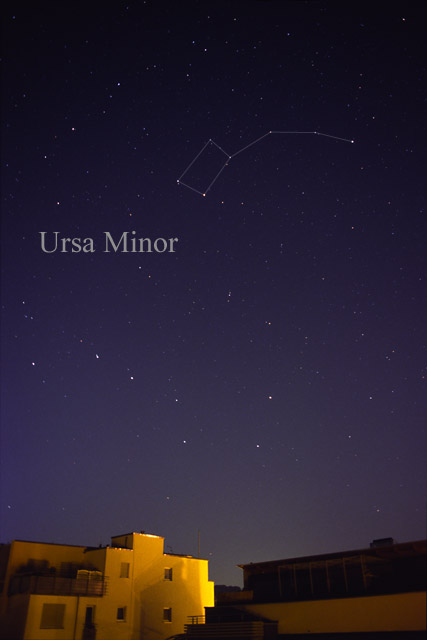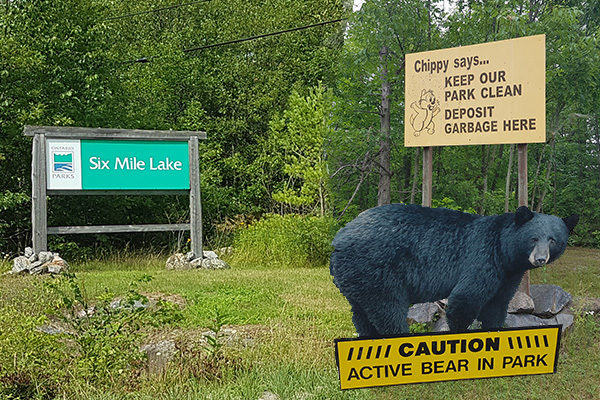Look At The Stars

The stars are fascinating to adults and children alike. Not only are they beautiful to watch but they stir our imaginations. Shooting stars give us all something to wish upon. Constellations hide themselves in the dark skies waiting to be seen and named by those curious enough to learn about their locations and the shapes they create. The constellations that most well known come from Greek Mythology.
Tonight, if the sky is clear and the moon is dark, look up at the sky and see if you can spot the following:

The Big Dipper isn’t actually a constellation, it is an asterism, which is a pattern of stars that can be recognized in the night sky. The stars that make up the Big Dipper are actually the brightest of the Ursa Major constellation.

The Little Dipper, also known as Ursa Minor, is a constellation that can be seen in the Northern Hemisphere. The brightest star, Polaris, is the first star in its ‘tail’. Polaris is also called the North Star.

The Orion constellation can be seen throughout the world during some time of the year. In the Northern Hemisphere it is best viewed in the winter time (January to March). The three stars in the centre of the constellation make up Orion’s Belt.
You might also like
 Posted on September 14, 2021
Posted on September 14, 2021
 Posted on September 2, 2021
Posted on September 2, 2021
 Posted on December 7, 2020
Posted on December 7, 2020








